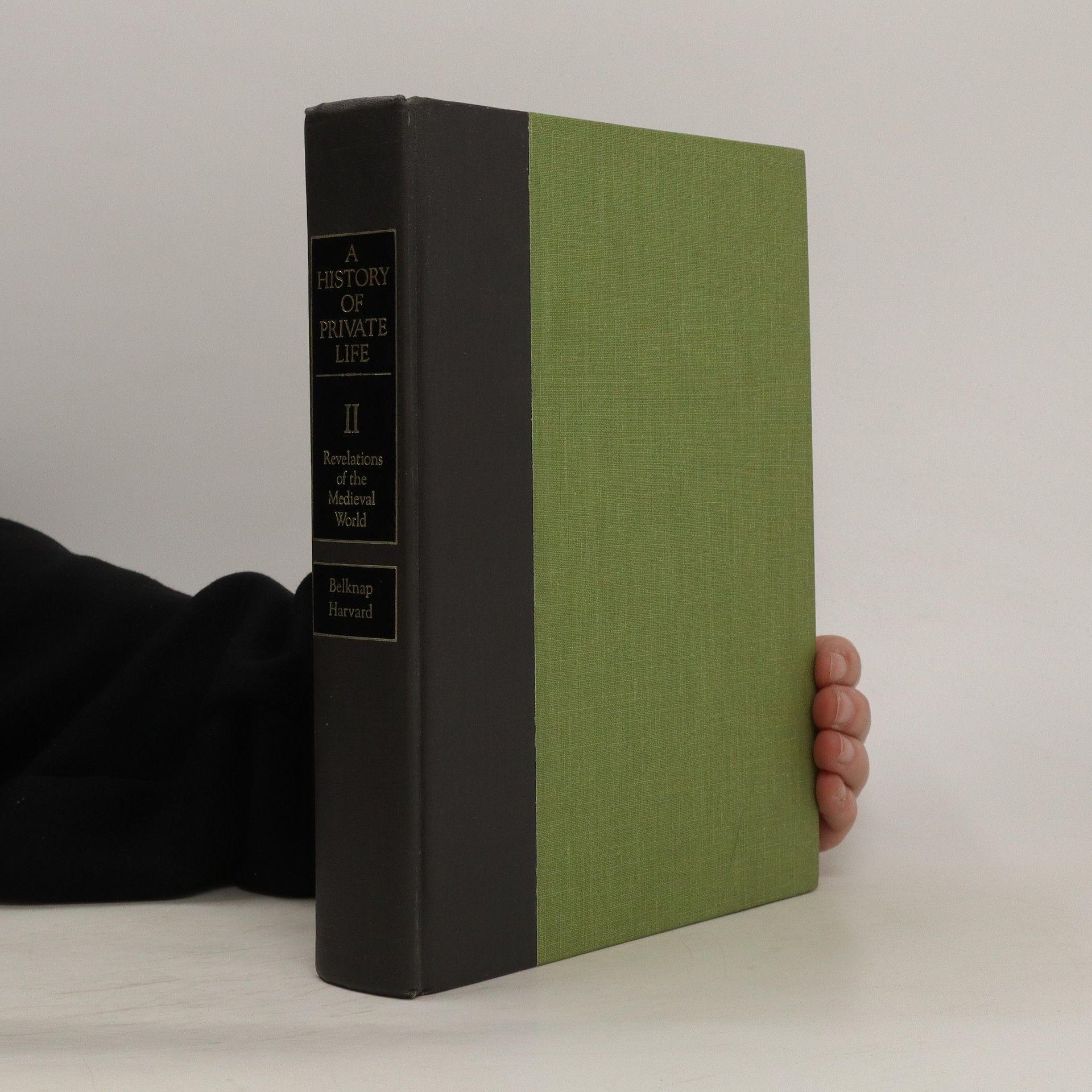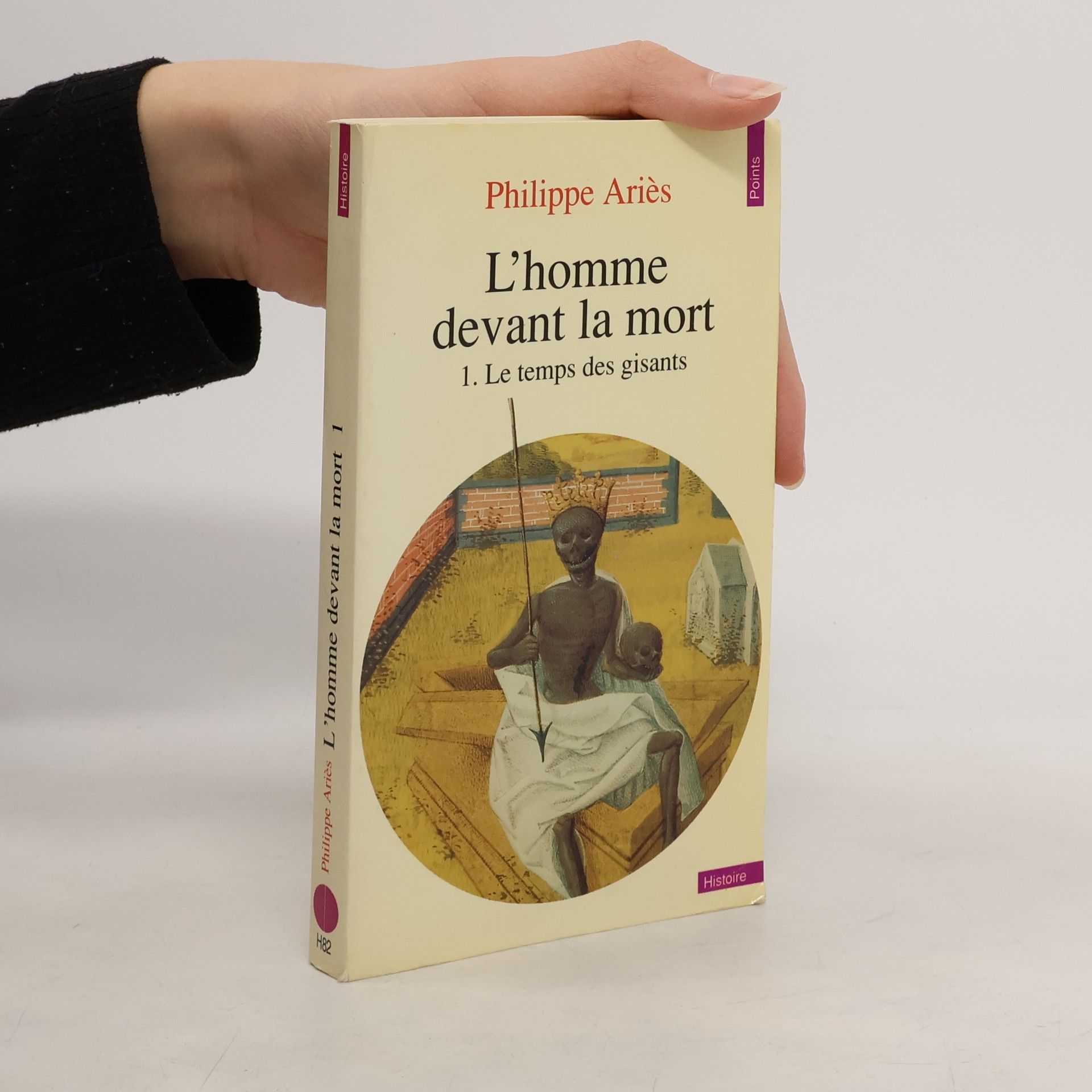La mort a son historien : Philippe Ariès. L'Homme devant la mort est une plongée dans l'inconscient collectif autour d'un sujet devenu tabou mais qui ne le fut pas toujours : de Homère à Tolstoï, la mort était familière ; maintenant "on n'ose pas dire son nom". Philippe Ariès convie le lecteur, entre Le Temps des gisants et La Mort ensauvagée, à cette confrontation intimidante avec les sépultures, les rites funéraires et les tombeaux. Tout au long des siècles, la psychologie de la mort évolue. La mélancolie d'une vie trop brève, l'effroi provoqué par le personnage du mort-vivant, la pratique testamentaire qui personnalise le moment du décès sont autant de facettes macabres qui trahissent les rapports compliqués que l'homme entretient avec la grande faucheuse.
Philippe Aries Livres
Philippe Ariès fut un historien français axé sur l'histoire de la famille et de l'enfance, et notamment sur la transformation des attitudes envers la mort dans le monde occidental. Il se décrivait comme un "anarchiste de droite". Son œuvre, qui explorait souvent la vie quotidienne, fut parfois mieux connue dans le monde anglophone qu'en France même. Il est reconnu pour avoir considéré l'enfance comme une construction sociale et pour avoir fondé l'histoire de l'enfance comme un domaine d'études sérieux. Il est également rappelé pour ses recherches sur l'histoire des attitudes face à la mort et à la mourance, qu'il considérait également comme des constructions sociales.






Points Histoire: L'enfant et la vie familiale sous l'Ancien Régime
- 316pages
- 12 heures de lecture
Philippe Aries (1914-1984), jeden z najwybitniejszych w XX wieku francuskich mediewistów, był "odkrywcą dziecka" jako tematu badań historycznych. Niniejsza książka, opublikowana w 1960 roku, stanowi właśnie pionierskie dzieło w tej dziedzinie, kanon, do którego nadal odwołują się zarówno historycy, jak i socjologowie. Dzieciństwo bowiem, jak wynika z badań autora, nie jest "naturalną" formą biologiczną, lecz konstrukcją społeczną dość nie-dawnego pochodzenia. Średniowiecze nie znało jeszcze dzieciństwa ani wieku młodzieńcze-go, bo życie rodzinne we współczesnym sensie - oparte na intymności i uczuciach - pojawiło się dopiero w późniejszych stuleciach. Tę tyleż słynną, co radykalną i kontrowersyjną tezę autor uzasadnia na fascynującym materiale historycznym i ikonograficznym. "Odkrycie" dziecka miało istotne konsekwencje cywilizacyjne: lawinowy rozwój edukacji. Lektura książki jest przy tym pouczająca i pocieszająca, gdyż okazuje się, że to, co dziś uważamy za prze-jawy prymitywizmu - brak więzi uczuciowej z dzieckiem i swoisty "kolektywizm" życia rodzinnego - nie zawsze wynika z ułomności ludzkiej natury, lecz ma swoją historię, my zaś żyjemy w szczęśliwych czasach odzyskanego - lub pozyskanego - dzieciństwa.
The second volume of A History of Private Life is a treasure-trove of rich and colorful detail culled from an astounding variety of sources. This absorbing "secret epic" constructs a vivid picture of peasant and patrician life in the eleventh to fifteenth centuries. All the mystery, earthiness and romance of the Middle Ages are captured in this panorama of everyday life. The evolving concepts of intimacy are explored--from the semi-obscure eleventh century through the first stirrings of the Renaissance world in the fifteenth century. Color and black-and-white illustrations
A History of Private Life: From pagan Rome to Byzantium
- 704pages
- 25 heures de lecture
First of the widely celebrated and sumptuously illustrated series, this book reveals in intimate detail what life was really like in the ancient world. Behind the vast panorama of the pagan Roman empire, the reader discovers the intimate daily lives of citizens and slaves--from concepts of manhood and sexuality to marriage and the family, the roles of women, chastity and contraception, techniques of childbirth, homosexuality, religion, the meaning of virtue, and the separation of private and public spaces.The emergence of Christianity in the West and the triumph of Christian morality with its emphasis on abstinence, celibacy, and austerity is startlingly contrasted with the profane and undisciplined private life of the Byzantine Empire. Using illuminating motifs, the authors weave a rich, colorful fabric ornamented with the results of new research and the broad interpretations that only masters of the subject can provide.
Western Attitudes toward Death
- 128pages
- 5 heures de lecture
AriA]s traces Western man's attitudes toward mortality from the early medieval conception of death as the familiar collective destiny of the human race to the modern tendency, so pronounced in industrial societies, to hide death as if it were an embarrassing family secret. -- Newsweek
A History of Private Life IV. From the Fires of Revolution to the Great War
- 754pages
- 27 heures de lecture
The nineteenth century was the golden age of private life, a time when the tentative self-consciousness of the Renaissance and earlier eras took recognizable form, and the supreme individual, with a political, scientific, and above all existential value, emerged. Volume IV of this award-winning series chronicles this development from the tumult of the French Revolution to the outbreak of World War I--a century and a quarter of rapid, ungovernable change culminating in a conflict that, at a stroke, altered life in the Western world.
Dějiny smrti. 2. díl, Zdivočelá smrt
- 410pages
- 15 heures de lecture
Druhý a poslední díl pojednání o smrti, umírání a věcech s tím souvisejících tak, jak se měnily v běhu staletí. Oba díly nejsou nijak výrazně ohraničeny zpracovaným časovým údobím. Autor volně pojednal o různých hlediscích smrti, rozčlenil knihu do delších tématických celků, a potom celý spis rozdělil do dvou svazků. Je nesporně zajímavé a přínosné přečíst třeba jen jeden díl – první neztrácí smysl bez druhého a naopak. K získání uceleného pohledu je však třeba prostudovat celé velmi kompaktní dílo.
Dějiny smrti. 1. díl, Doba ležících
- 358pages
- 13 heures de lecture
První ze dvou dílů zásadního spisu o smrti a umírání a měnící se úloze tohoto fenoménu v průběhu dějin lidstva. Zjištění, že „Dějiny smrti“ vyšly v edici „Každodenní život“ je jediným úsměvným momentem, který čeká čtenáře této knihy. Jinak před ním defiluje čtení neveselé, ale zato nesmírně zajímavé, podnětné, fundované a hodnotné. Dějiny smrti jsou zásadním textem, jaký v současné, ať už původní, nebo překladové historiografii chyběl a který vzniklou mezeru zaplňuje více než důstojně. Což ostatně odpovídá dvacetiletému úsilí, které Ariès tématu věnoval. Smrt je tu nazřena z mnoha úhlů pohledu jako fenomén provázející lidstvo od nepaměti. Obávaná i uctívaná, vnímaná jako konec života i jako počátek vyššího stupně bytí. Autor přednáší i o věcech se smrtí souvisejících, o pohřbívání, hřbitovech, o lékařském přístupu k agónii, o myšlení umírajícího člověka, o názorech na smrt a posmrtný život měnících se spolu se změnami v životním stylu a s odlišností různých civilizací i sociálních skupin.



